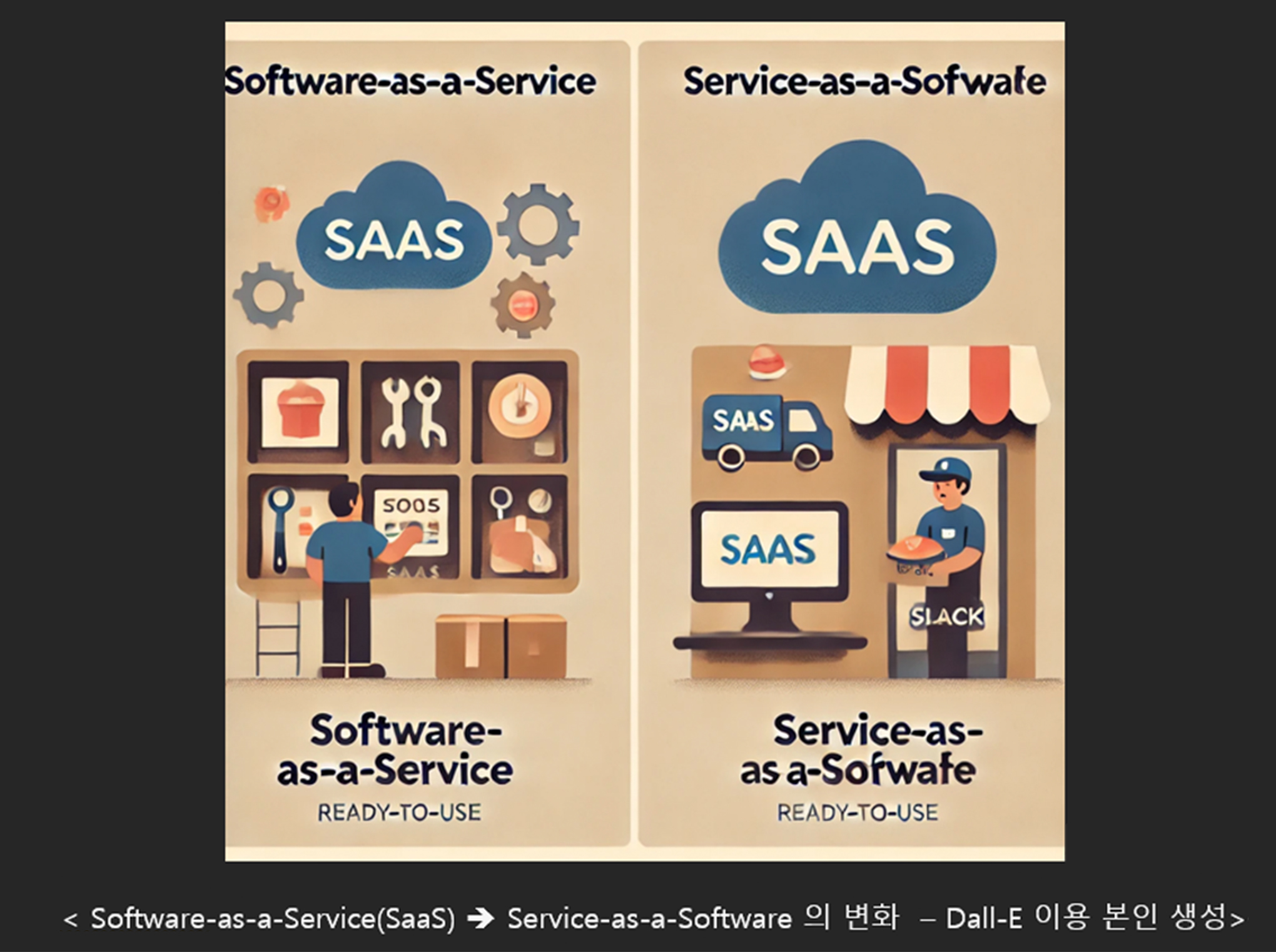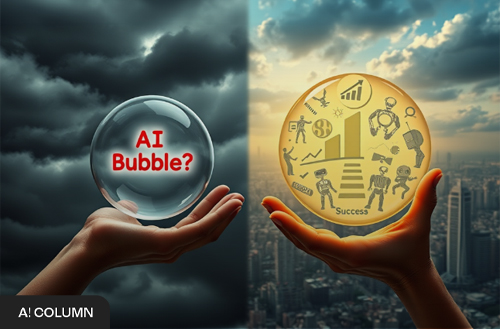

-
-
- 메일 공유
-
https://stories.amorepacific.com/en/amorepacific-from-generation-to-reasoning-the-age-of-ai-agents-has-arrived
From Generation to Reasoning: The Age of AI Agents Has Arrived
On AI & Tech #5

Columnist
Seong-joong Kang Digital Strategy Team

This marks the final installment of our "On AI & Tech" series. It has been a privilege to be a columnist during this transformative wave of artificial intelligence, sharing insights with our readers. Before we begin, I'd like to express my gratitude to the Communications Team for entrusting me with this platform.
In this concluding piece, I'll examine what I consider the most significant AI development of the past two months: Sequoia Capital's The Reasoning Era Begins. As we close this series, I'll share a “summary prompt”—a tool refined through reader feedback.
Key Take away
- The battle for reasoning capabilities has begun, ultimately pointing toward Agent systems and AGI
- A curated prompt for summarization (offered not as a definitive solution but as a customizable framework)
1 Generative AI's Act o1: The Dawn of Agent-Based Reasoning
Sequoia Capital,’ the American venture capital firm, recently published an article titled "Generative AI's Act o1: The Reasoning Era Begins." While the piece is extensive, I'll distill its essence for our readers. The central thesis is striking: we have entered the age of reasoning. Just as the mobile era saw the rise of TikTok, Uber, and Meta, there exists a vacuum in the AI application space—one that agents, powered by reasoning capabilities, are poised to fill. I chose to highlight this piece because the domain of "reasoning" has become tangible with GPT-4-o1. (While I've framed the title from a user's perspective as "From Generation to Reasoning," in the context of AI business, "From Learning to Reasoning" might be more precise.)

Source: Daniel Kahneman's "Thinking, Fast and Slow"
In the midst of Sequoia's analysis emerges a reference to Kahneman's seminal work "Thinking, Fast and Slow," which introduces the concepts of System 1 and System 2. While a complete reading of this 727-page opus would be ideal, its considerable volume warrants a concise examination of these two fundamental systems.
System 1: Operates on intuition and past experience, handling automatic, rapid responses. While efficient for routine tasks, its reliance on heuristics can lead to errors.
System 2: This system engages in slower, deliberate processing, conducting logical analysis and problem-solving. It manages complex decision-making that requires careful consideration.
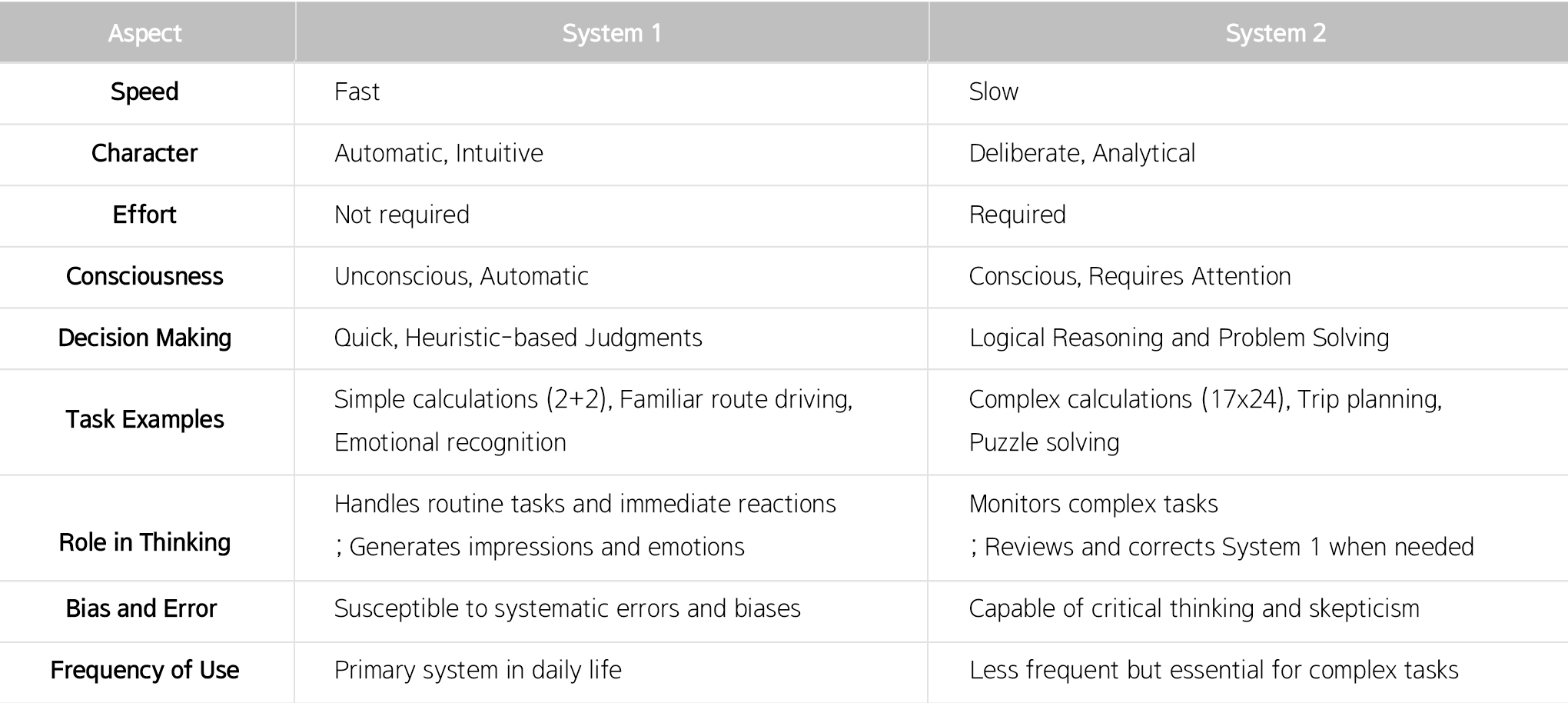
For optimal human judgment and decision-making, both systems must work in harmony. Examining Generative AI's evolution through this lens, we see that it primarily operated in a System 1-like manner, producing outputs based on learned patterns—generating images, translating text, summarizing content, creating videos, or interpreting photos. These processes mirror System 1's input-output immediacy. However, with the advent of GPT-o1, we've entered the domain of "reasoning"—a System 2-like capability requiring "thinking about thinking." To demonstrate this evolution, let's examine two test cases. First, consider this query: "How many 'ㅣ' vowels appear in 'Amorepacific Digital Strategy Unit'?" The AI's response is remarkable for its "17 seconds of thinking" approach.

Source: Direct interaction with GPT-o1 preview
Note that the legacy GPT-4 model provides an incorrect answer when given the same query.
Let's examine one more example. Here's a geography question from the 2024 Korean College Scholastic Ability Test.
> Select all correct statements about countries (A), (B), and (C) from the options below:
A landlocked country is one without direct access to the sea. Europe has numerous small landlocked countries. Notable examples include Vatican City and San Marino, surrounded by country (A). Andorra, situated in mountainous terrain, is a landlocked country bordering two nations, including country (B). Luxembourg is a landlocked country enclosed by Belgium, (B), and (C). Country (C) shares borders with Luxembourg, four other landlocked countries, and additional nations.
<Options>
ⓐ The Wallonia (Walloon) region of Belgium primarily uses the language of the country (B).
ⓑ Country (B) contains the Lorraine industrial region, and country (C) contains the Ruhr industrial region.
ⓒ Countries (A) and (C) share a border.
① ⓐ ② ⓒ ③ ⓐ,ⓑ ④ ⓑ,ⓒ ⑤ ⓐ,ⓑ,ⓒ
The correct answer is reportedly 3.
While still impressive, the current GPT-4o model incorrectly selects answer 5. It erroneously validates the statement ⓒ, asserting that "Countries (A)(Italy) and (C)(Germany) share a border."

Source: Direct testing with GPT-4o, resulting in an incorrect answer
In contrast, the new GPT4-o1 takes 9 seconds to analyze and provide its answer.
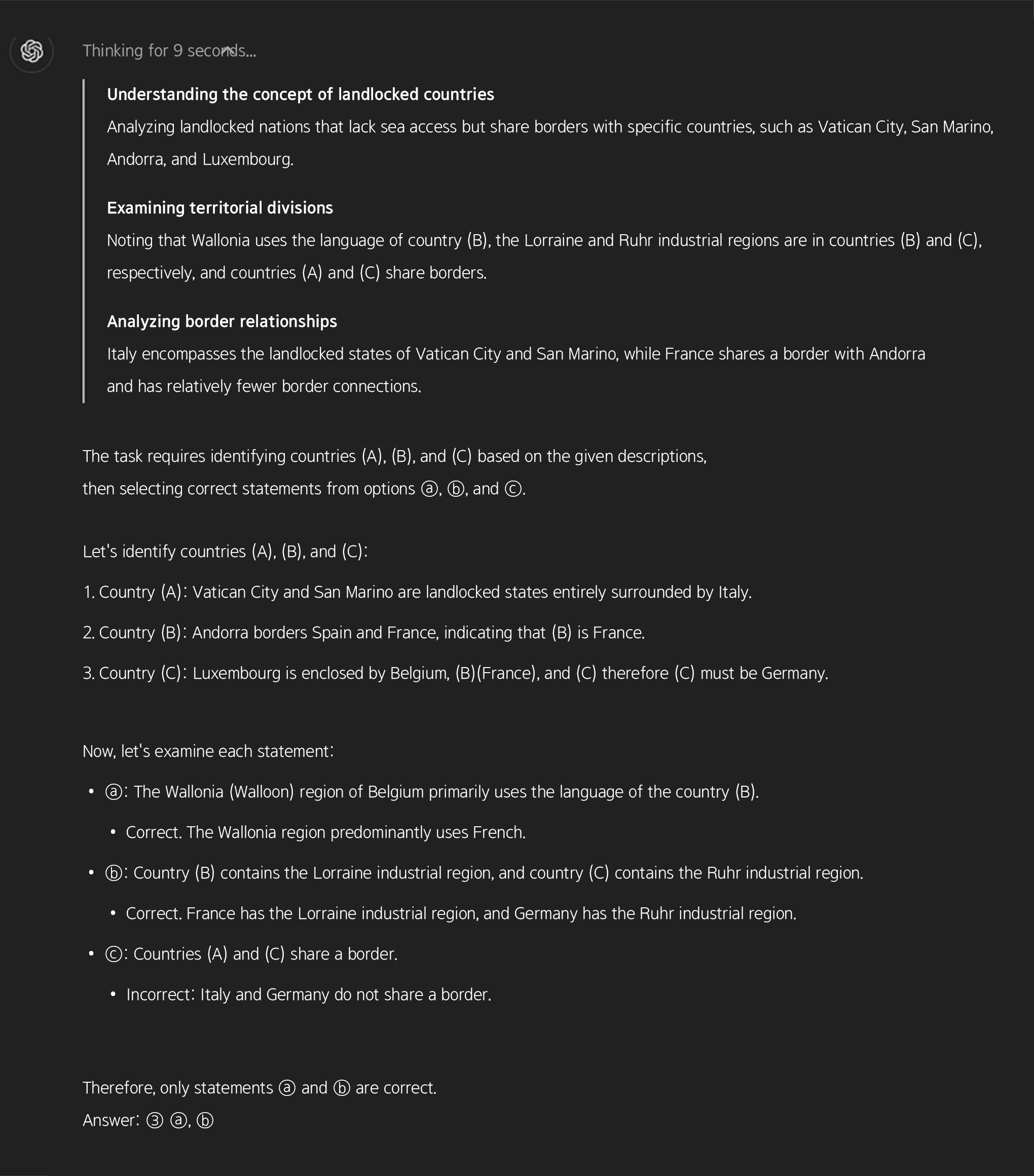
Source: Direct testing with GPT-o1 preview, yielding the correct answer.
This demonstration highlights a crucial aspect of AI's reasoning capabilities: its ability to engage in "deep thinking and creative problem-solving." Sequoia's key observation becomes clear - we're entering an era of "reasoning warfare," where industry giants like OpenAI, Anthropic, Google, and Meta will compete to advance these reasoning capabilities.
This evolution ties into our previous discussion of "Service-as-a-Software" - a paradigm shift in software delivery. Rather than selling software over the internet (the traditional "Software-as-a-Service" model), this “new approach monetizes the actual problem-solving process.”
The concept of "Service-as-a-Software"—essentially selling solutions rather than products—points to a dramatic “market expansion.” While the traditional software market was valued at 650B, the potential market for AI-enabled service solutions reached an estimated 10T.

Source: Generative AI's Act o1: The Reasoning Era Begins | Sequoia Capital
Sequoia illustrates this transformation through several pioneering Agent applications:
- Harvey: AI legal counsel
- Glean: AI workplace assistant
- Factory: AI software engineer
- Abridge: AI medical scribe
- XBOW: AI security specialist
- Sierra: AI customer support agent
At the end of the analysis, the figure below emerges. The upper-right quadrant of their framework, labeled "AI Apps," promises to be a hotbed of innovation. More fundamentally, this evolution of reasoning and action capabilities marks the dawn of AGI (Artificial General Intelligence), bringing this analysis to its natural conclusion.
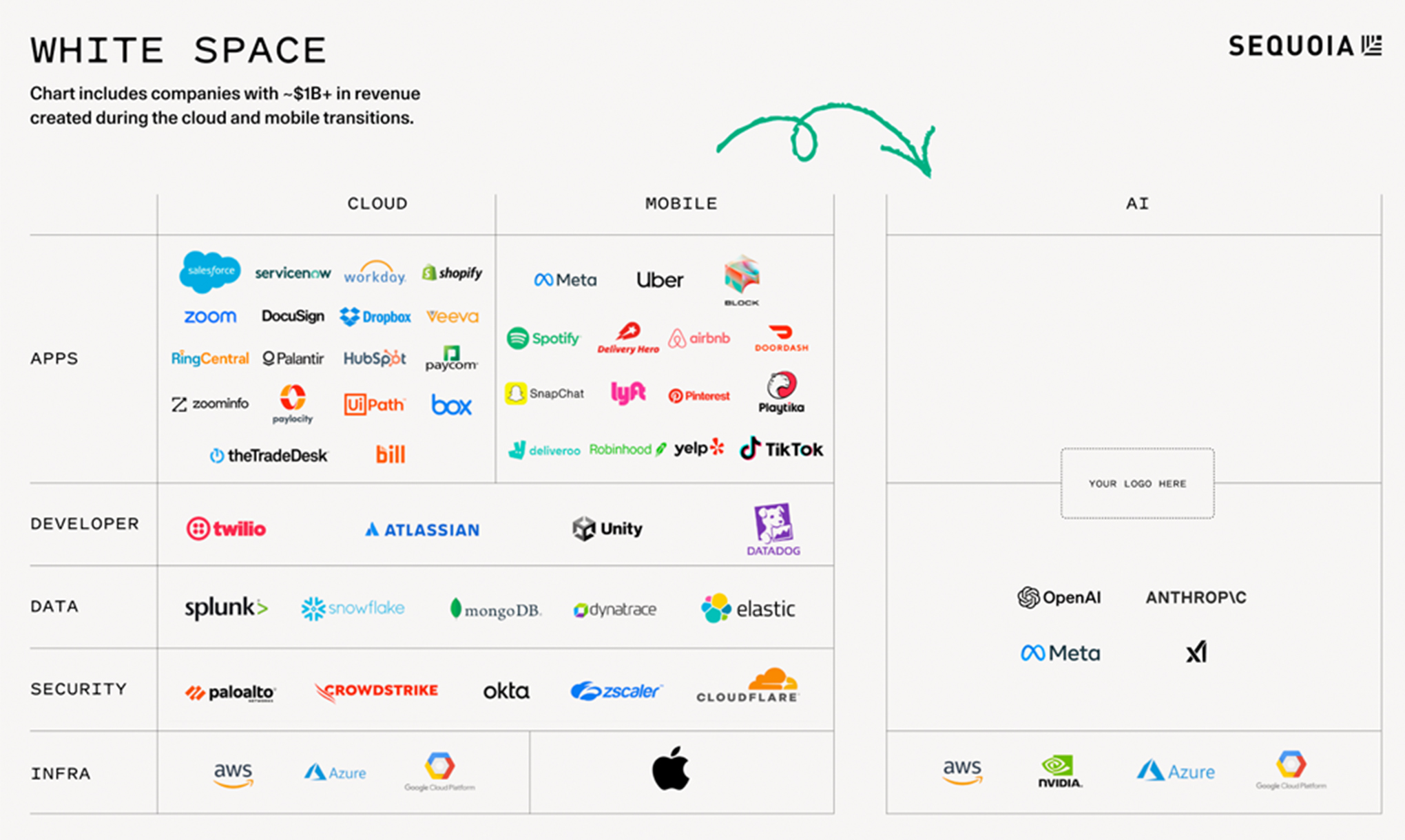
Source: Generative AI's Act o1: The Reasoning Era Begins | Sequoia Capital
Interpreting this framework from my perspective: The left column (Infrastructure/Security/Data/Developer) represents a hierarchical structure. The top "APPS" section, particularly the central "Mobile" zone, shows elements familiar to our current digital landscape. We can anticipate parallel developments in the AI sector as we've witnessed the mobile app industry flourish atop diverse infrastructure. This framework invites us to imagine the possibilities emerging in the AI application space.
Responding to reader requests for practical tools, I'll now share our summary prompt.
2 Summary Prompt: A Practical Tool
Note: This prompt is offered as a starting point, not a definitive solution. Please modify it according to your needs.
My journey with summarization began the day GPT 3.5 launched. The motivation was twofold: the impossibility of consuming vast amounts of information and videos and an impatience with articles that bury their conclusions.
Additionally, I found myself frustrated with ChatGPT's repetitive sentence endings like "해볼게요 (I’ll do it)" and "있습니다 (there is)." This prompt represents a year of refinement based on these requirements (though I suspect there's always room for improvement).
It would be invaluable if we curate and institutionalize the most effective prompts used within our organization. I hope the countless hours of trial and error by Amorepacific team members continue after individual efforts but become shared assets that others can build upon, leading to ever-improving results.
With this aspiration—and hoping readers will share even better approaches—I'll share this prompt as my final contribution as an in-house columnist.
Your task is to create a clear and organized report from the given text.
The report must identify and explain the main themes covered in the text.
The report should be approximately 2,000 characters in length.
Use appropriate formatting to improve readability and organization. For example, use titles or lists.
The report should focus on the core points and key ideas covered in the text.
Before beginning the report, provide a brief introduction that gives context to the reader.
Then, write Key Takeaways, listing the five most important points as bullet points.
The main body of the report should be written as follows:
Context is important. Must mention specifically. When company names appear, identify and summarize them. When information such as years, months, and dates appear, mention and organize them together. Use technical and academic terminology to provide academic knowledge. Use markdown.
Modify the writing style according to the following examples:
- Change "있습니다" to "있음"
- Change "예정입니다" to "예정임"
- Change "적합합니다" to "적합함"
After writing the report, list 25 hashtags horizontally at the end based on the content of the main text.
```
(Paste the text you want to summarize here)
```
References
- Generative AI's Act o1: The Reasoning Era Begins | Sequoia Capital
- Mirae Asset Securities "Language Generation AI Paradigm Shift -- OpenAI o1: The Thinking Tree"
-
Like
1 -
Recommend
1 -
Thumbs up
1 -
Supporting
1 -
Want follow-up article
1



